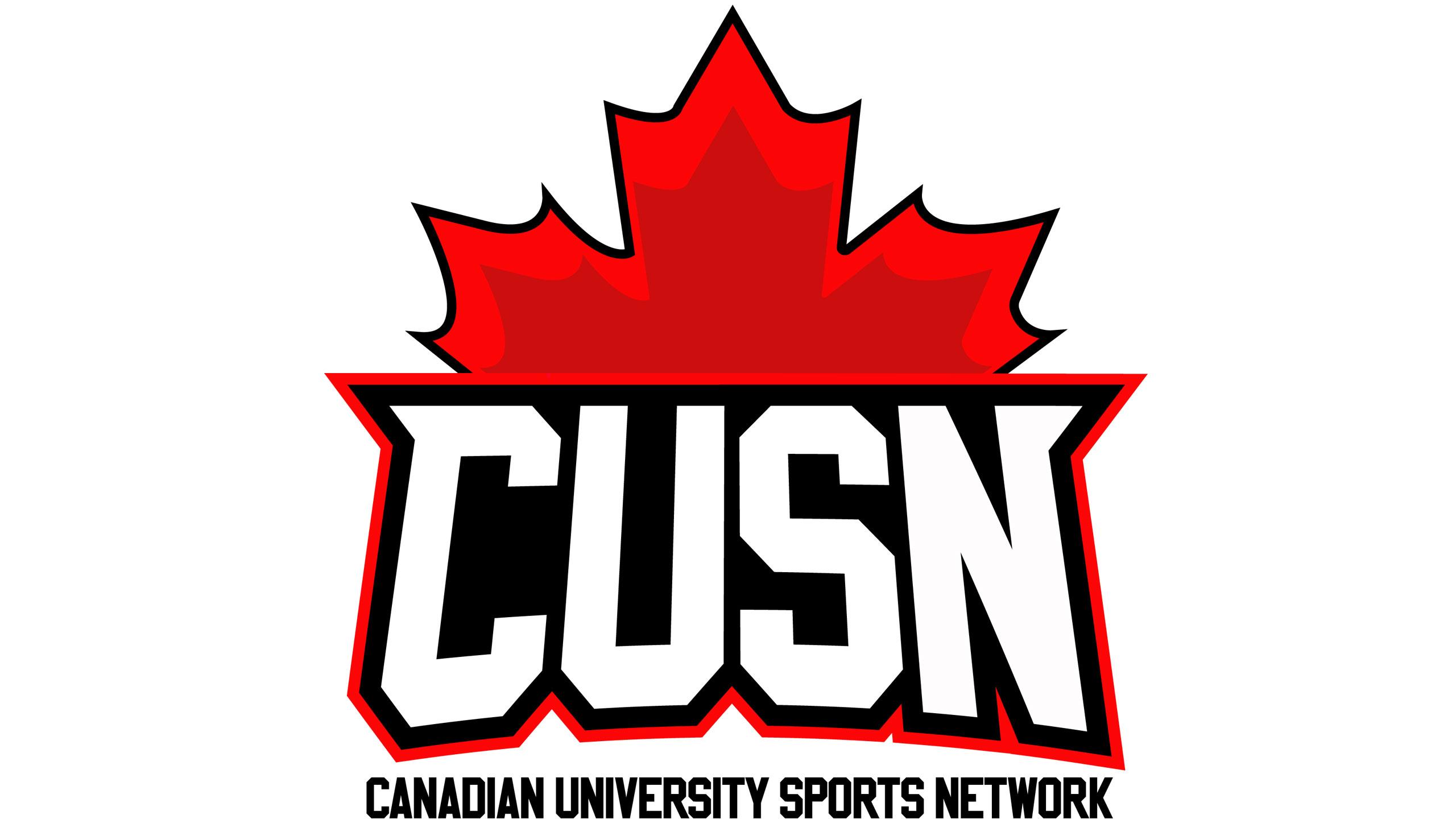By Daniel Rocchi
Adam Jenkins answered his phone for the interview from the gymnasium at Queen’s University, where he sat waiting for the evening’s action to begin.
Jenkins, a third-year sport media student at Ryerson, followed the Rams basketball teams to Kingston, Ont. for their games against the Gaels last week. As a women’s basketball play-by-play announcer and reporter for Ryerson athletics, his attendance might not seem unusual. But Jenkins wasn’t there for the Rams. He wasn’t even there for class.
Jenkins tailed Ryerson’s basketball teams on his own time and his own dime for his latest project, a collaboration that he hopes will help redefine the landscape of Canada’s post-secondary athletics: CUSN, the Canadian University Sports Network.
Following its official launch on January 1, CUSN is very much in its infancy. But with a mandate for comprehensive coverage of all sports, Jenkins believes the network can become an all-encompassing presence in university sport media.
“We want to tell the stories of the people that don’t get their stories told,” Jenkins said over phone as he waited for the women’s teams to take the court for warm-ups.
But achieving inclusivity and balance is an uphill battle in the male-dominated world of sports. It’s not just about what gets covered, it’s also about who’s covering it.
“[What] I’ve really wanted and been searching for are female writers that want to come on board,” said Jenkins. By his count, including some pending new recruits, CUSN’s team currently stands at 13 males and two females.
“That ratio is not reflective of the sports we cover,” he said.
For Jaime Hills, a second-year sport media student who covers women’s basketball for the Rams and the only female member of the staff presently listed on the CUSN website, the disparity is unsurprising.
“It’s a representation of sports in general, stereotypically it’s a men’s profession,” said Hills. “But when I think of what I’m trying to do in terms of my career, what I’m putting out, I’m not trying to do it as a woman who’s doing this; I’m just trying to be somebody who’s creating this content.”
While CUSN works to improve gender equality in Canadian university athletics, both in coverage and composition, Jenkins also wants it to achieve parity through collaboration with like-minded students across the country.
“When we first launched, we really pushed that our roster is growing and it’s not just [for] Ryerson sport media students, which is something I was nervous [about],” said Jenkins. “I would love to have writers from every [athletic] conference and every school even, if the opportunity presented itself.”
The team already boasts student reporters based in Montreal, Ottawa and the Kitchener-Waterloo area. According to Jenkins, interest from non-Ryerson students has continued to grow since the network launched.
Along with the obstacles faced by most fledgling projects, such as resources and personnel, CUSN will also have to deal with the relatively short shelf-life of a student sports reporter. Jenkins is in the second-last year of his degree, and the future of CUSN past his Ryerson tenure is cloudy. He said he would like to pass the project along to another student when he graduates, but there are more pressing issues to deal with first.
For now, Jenkins said, the focus is on the short-term: establishing the CUSN brand and connecting audiences with the network’s content.
“I think the motto we’ve been indirectly or subliminally trying to push is, ‘give us a shot’.”











Leave a Reply